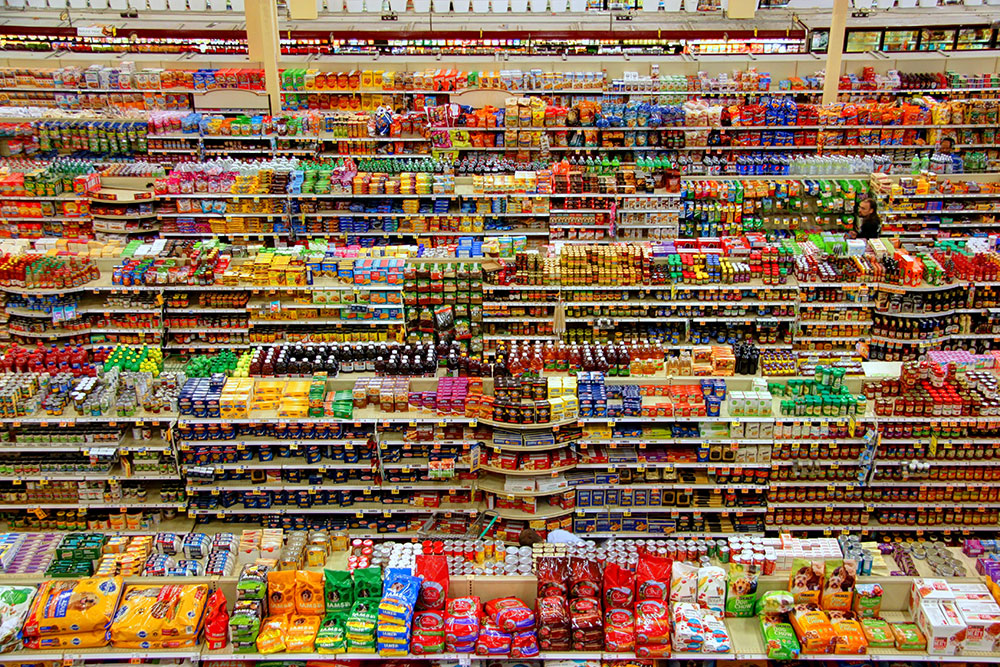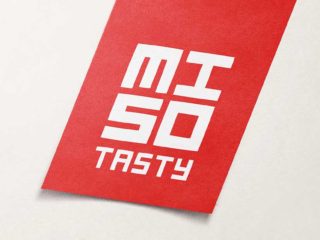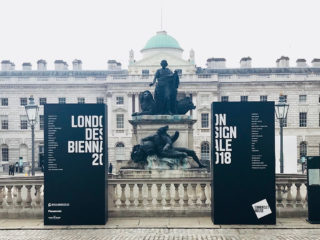Plastic Free Packaging
For anyone who hasn’t had their head buried in the sand for the first part of the year. 2018 has been a real turning point in us understanding and beginning to cut down on our plastic footprints.
With a recent survey finding that over half of UK consumers would be happy to introduce a plastic tax to single-use plastics*. The statistics speak for themselves and the pressure is definitely on for brands to make the move to alternate materials and plastic-free packaging.
The Challenges To Go Plastic Free
Here we take a look at some of the challenges facing food brands. Also why sometimes a simple material change is only the surface of the problem.
Sourcing an alternate material doesn’t mean resource reduction
Although sourcing an alternate or ‘biodegradable’ material option is in the interest of reducing plastic waste. Is it reducing our overall resource consumption? Some materials can take even more energy to produce than plastic. So there is a trade-off when we try to become plastic-free.
A good example of this is our beloved tote bag. In 2008 a report was published** showing the downside of the beloved tote. It showed the production and distribution of single use plastic bags produced less carbon and pollution than that of paper bags. Furthermore less than recycled bags, recycled plastic totes and cotton totes. Statistically using 1 tote bag, once a week for 3 years would still have the same efficiency as throwing away 131 disposable carrier bags. This sad statistic only gets worse thinking of the sheer amount of free tote bags we get. Either thrown to us at festivals, exhibitions, brand activations, business openings and more. Our tip? Tally up your totes and make use of what you already have. We have to do things differently if we want to be plastic free.
What Is MAP In The World Of Packaging
Current packaging technologies rely on plastic for MAP (modified atmosphere packaging). Ever wondered why your food lasts so long in the packaging and so little when it’s out? When packaging is sealed with MAP, a complex ecosystem of gases are contained within the packaging. This slows down the ageing process, reduces colour change and ultimately stops spoilage from mould and other natural processes. For a certain period of time of course, queue yellow sticker.
And on that note – although the food system we’ve developed is showing us its many flaws – a reduction in shelf life would equal more food waste.
Compostable plastic out of a compost environment is basically just plastic. Compostable plastics and plant based plastics have a plethora of benefits over standard plastic. However, they are only ‘compostable’ when they are in a ‘compost’ environment. Once these plastics aren’t in that environment they will not break down. Landfill is an unsuitable environment, and there is still no evidence that these plastics can break down completely in the ocean.
In our continued mission to find and learn more about new materials and alternatives, we must look at the bigger picture as this isn’t a case for one size fits all. Each product packaging whether it be a fast moving good or a luxury item warrants an individual analysis to find the best packaging solution which will stand the test of time and truly outweigh the existing problems we currently face.
*Plastic Tax
** Environmental Report

















Leave a Reply